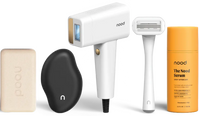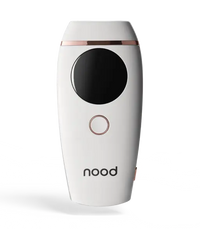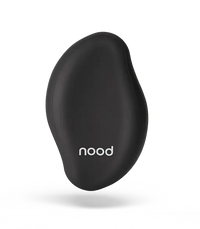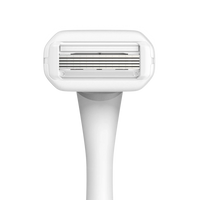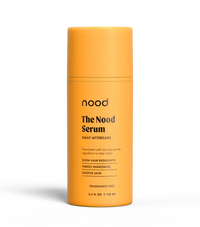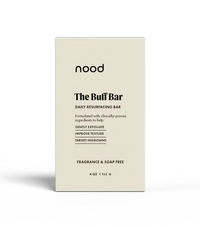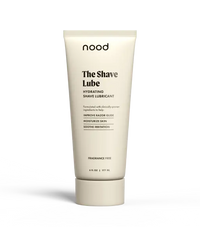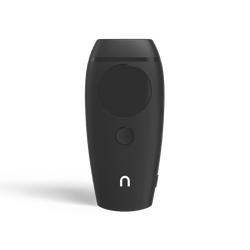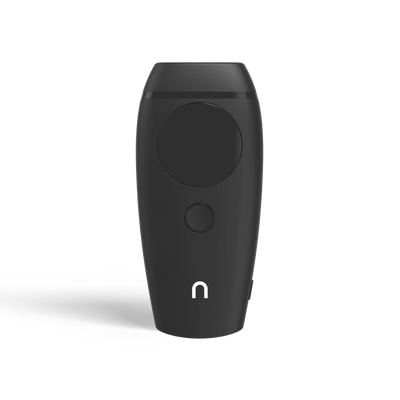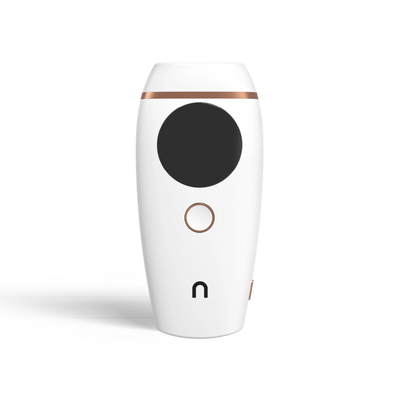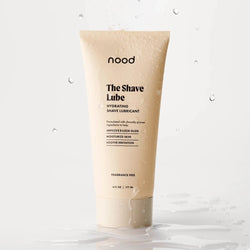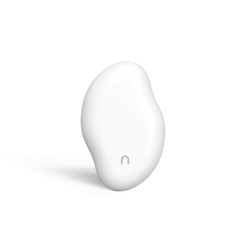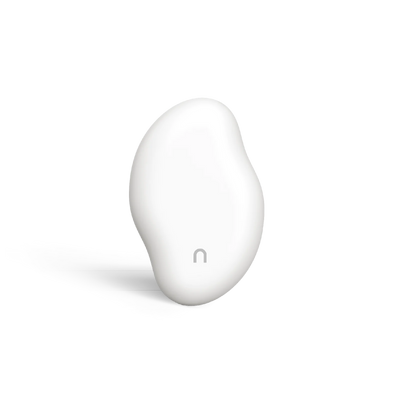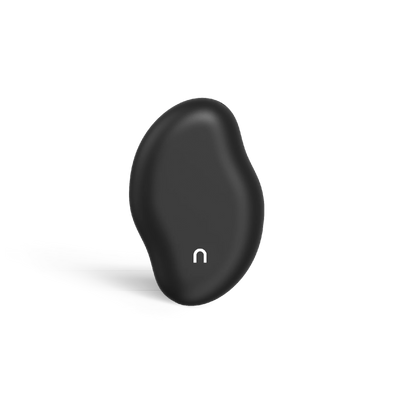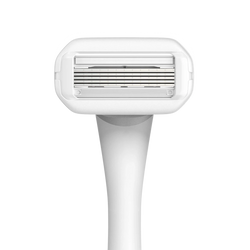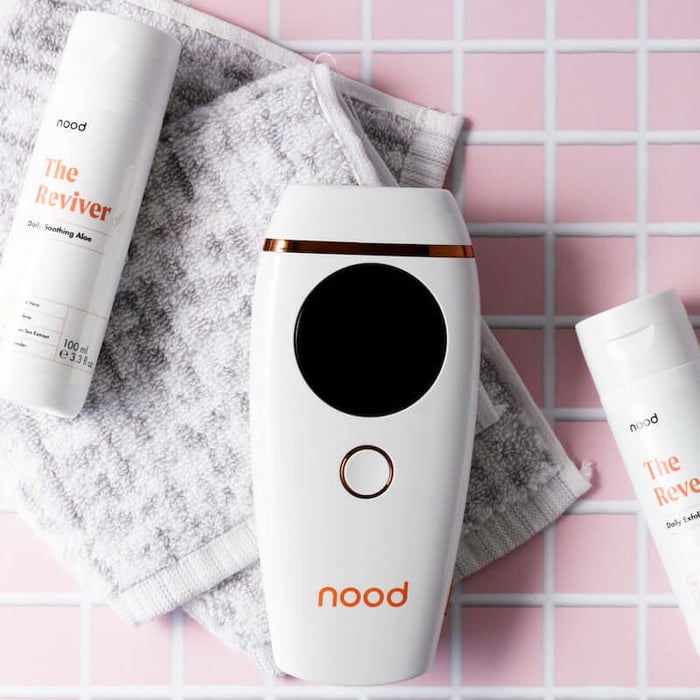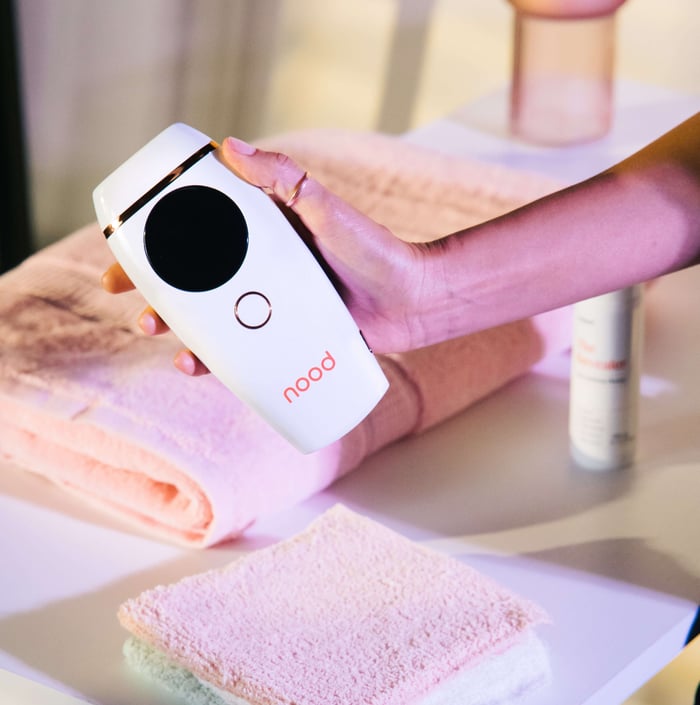
Is Laser Hair Removal Really Permanent?
A big draw of laser hair removal is that it lasts longer than other hair removal methods out there. Shaving only lasts a few days and is notorious for ingrown hairs and the dreaded razor burn. Waxing might last a few weeks, but it’s painful — and who wants to let their hair grow out that long between treatments?
So how long does laser hair removal last, really? We’ll be honest, results can vary from person to person, but most people stay hair-free for years.
Does laser hair removal last permanently? Laser hair removal does not last permanently for everyone, but it can result in permanent hair reduction in targeted areas.
Let’s take a look at how it works and how to improve your chances for that long-term, even permanent, hair reduction. We’ll talk about at-home laser hair removal, too, if you want the most convenient treatments.
Table of Contents
Your Hair Growth Cycle Matters
Areas of Your Body Respond Differently
What the Lasers Do
Laser hair removal works by targeting the melanin or pigment at the hair follicle with a focused, heated laser. The laser damages the sac around the hair follicle to the point that it limits hair growth. Over time, you can expect permanent hair reduction in areas zapped by the laser.
IPL treatments are similar. The difference is the laser type and wavelengths used. IPL uses a broadband pulsed light instead of a single laser light to target hair follicles. Both treatment options are effective in reducing unwanted body hair.
What is the average length of time for laser hair removal? The average length of time for a laser hair removal session is about 10-15 minutes for a small area. Larger areas, like your full legs, could take up to an hour.
Your Hair Growth Cycle Matters
Laser hair removal treatments are scheduled around active hair growth cycles. Like most other systems in your body, your hair goes through a series of phases:
- Anagen (growth): Hair is actively being produced and has a bulb-like base.
- Catagen (transition): The hair stops growing and the root at the base begins to shrink.
- Telogen (rest): The hair is no longer growing, the root is fully formed. (Fun fact: If you’ve plucked your eyebrows and noticed a white substance on the root, you caught it at this phase.)
We don’t need to go too far down the anatomy rabbit hole, but laser hair removal works best when your hair follicles are actively growing. That’s not to say it ONLY works during the anagen phase — the laser will target any follicles in its path — this is just when the base of the hair stands out the most.
Up to 90% of your hair follicles are in the growth phase at any time, so you can never target all your unwanted hair at once. It’s just not possible. Most people need 4-6 treatment sessions to account for multiple rounds of hair regrowth.
If you’re using the Nood handset, we recommend treatments twice a week for the first 2 months, then every 3-6 months for touch-up maintenance treatments. (You’ll save money on laser treatments in the long run with an at-home device.)
$199.00
Safely remove unwanted hair with The Flasher 2.0 by Nood. Works everywhere that hair grows, including bikini, Brazilian, underarms, legs, and face. Start seeing results in 2-3 weeks and permanent hair removal in 6-8 weeks.
… read moreThe Flasher™ 2.0
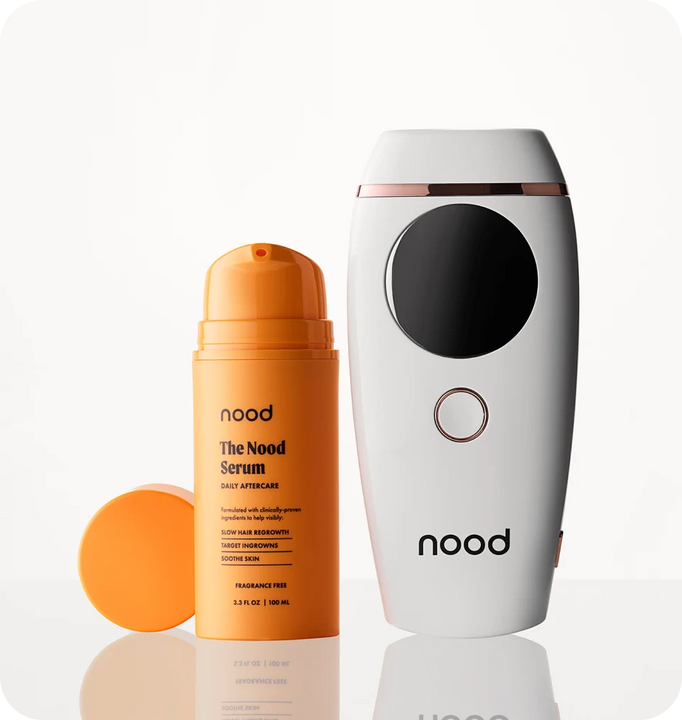
Any necessary touch-ups at a salon shouldn’t take as long because the hair that grows back is usually much sparser. That means it should also be less painful. If your first session felt like a you were getting snapped with a hot rubber band, that should decrease with each session.
Pigmentation Plays a Role
You’ve probably read about ideal skin types and hair colors for laser hair removal. That’s all true. Most conventional treatments aren’t recommended for very dark skin tones, although advancements are happening to make laser hair technology more accessible to all.
Those with light skin and dark hair are the best candidates for a simple reason: the laser is able to pick up that contrast in pigment more effectively than with dark hair. For some, that could mean lasers will work well for darker hair, but might not work as well on lighter peach fuzz.
Areas of Your Body Respond Differently
The body part you target is just as important when it comes to results. The underarms and bikini area both respond well to laser hair removal. The hair is courser and easier for the laser to find. You just may need a few additional treatments in these areas to get things extra smooth.
The hair on your legs and back tend to grow slower, so you may not need as many treatments in those areas. We hate to say that it’s hard to pin down exactly what your body will do after that first session, but there are a lot of factors involved.
Hormonal Shifts are a Thing
Some body parts will need more laser hair removal treatments thanks to hormonal fluctuations.
For women, hair on the upper lip tends to grow back faster already, but it’s also prone to hormonal hair growth. For men, it’s facial hair. The same is true for the pubic region. There are some body parts that just want to grow hair, and they’ll likely need additional treatments.
Hormonal disorders can throw extra challenges into the mix.
Women with polycystic ovarian syndrome (PCOS) may experience excessive hair growth or thicker body and facial hair. Others may experience hair loss. The rollercoaster doesn’t stop there. Perimenopause, menopause, and fluctuating testosterone levels can also affect hair regrowth.
This doesn’t mean laser hair removal is ineffective in these situations. It just means you may need additional treatments for the results you want.
How to Prevent Regrowth After Treatment
The things you do after your treatment matter. Follow these tips to improve your chances for more permanent results:
- Follow your treatment plan. Your provider or at-home laser hair removal kit provide instructions for a reason. They’ll tell you everything you need to know about your best course of action. Follow those instructions to the letter for the best results.
- Be patient. Don’t rush your treatment. It isn’t a good use of your time or money to try blasting away at follicles that aren’t in an active growth cycle.
- Practice good sun care. Wear sunscreen with an SPF of at least 30+ if you need to be out in the sun. Your skin is more sensitive after laser treatment, so you want to avoid sun exposure and tanning. With IPL treatment, skin sensitivity isn’t as big an issue — you’ll still want to wear an SPF afterward. If you’re in hardcore tanning mode, wait a bit to treat with IPL.
- Leave the treated area alone. Avoid plucking or tweezing after your treatment, especially if you hit a sensitive area like the bikini line. Try not to touch or scratch the treated area too much. Avoid harsh skincare products and heavy moisturizers after your session.
- Soothe your skin. Common side effects after a treatment include redness or mild swelling. Use a soothing gel like The Reviver or ice the area for a numbing, cooling effect. Blistering is uncommon, and likely means the intensity was too high.
If you’re a good candidate for professional laser treatments, at-home laser hair removal is just as effective. Added bonus? You don’t have to wait around for an appointment when it’s time for a touch-up.
Check Out Our Noods
At Nood, we know there isn’t a 100% permanent solution for hair removal out there, but we can come pretty close. We also know a picture is worth a thousand words. Check out these Noodists’ before/after pics and what they have to say.
We even guarantee that you’ll experience permanent hair reduction within 8 weeks in the areas you choose to target. Try The Flasher 2.0 risk-free today.
Sources

